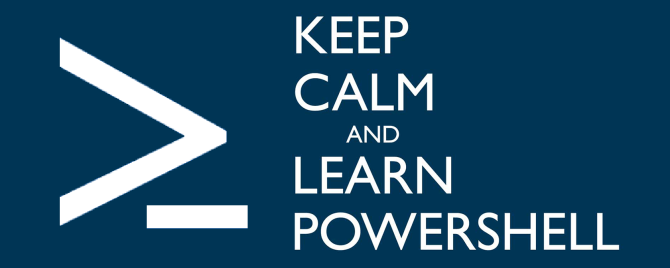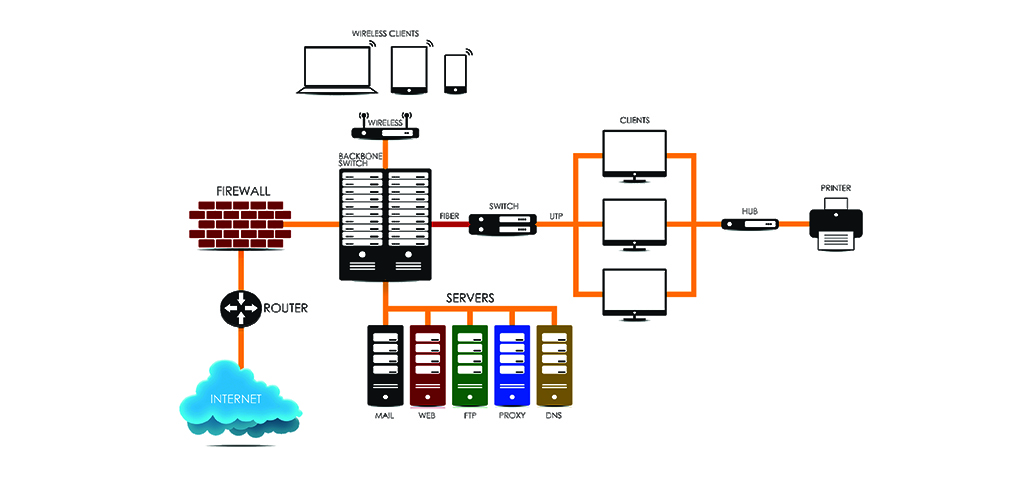- Home
- 5 Reasons to Make PowerShell Your First Programming Language

5 Reasons to Make PowerShell Your First Programming Language
In the field of IT, automation and scripting are becoming highly sought-after skills among the professionals. Developing these skills and gaining validation in PowerShell is definitely a great way to distinguish yourself among your peers. For the specialists working in the Windows environment, you can begin to use PowerShell for a variety of functions. Whether you function in the job roles of desktops or servers, using this language will surely make your job easier.
If you are just starting to learn programming, PowerShell is a great entry point to this field. This is majorly because of its wide usage and simplicity. In this blog, we will take a look at some of the reasons why PowerShell is considered an exceptional first language for the new entrants in programming. Here are 5 main reasons for its popularity among the beginners.
- You can apply PowerShell skills instantly.
A lot of Microsoft products possess a graphical interface (GUI). Interestingly, GUI is a component of PowerShell, which means when you have the skills, you can apply them right away. Thanks to various programming languages, there is a dynamic learning approach that an individual has to take from the moment of learning to actually making their code work. The majority of codes are abstract, but PowerShell uses predefined cmdlets. Basically, there is a specific cmdlet for practically anything that the graphical interface can do. By beginning with just a basic one-line command on the shell, you can immediately begin to script. In addition, PowerShell replicates the standard syntax rule of verb and noun. This makes it very open to the users. For instance, if you need to access the components of an Exchange mailbox, you may simply open an Exchange shell to run the cmdlet in this format: Get-Mailbox.
With this, you can easily filter the output and choose the particular fields you want. You may also transfer the results of this specific command to another one. In case you want to change anything in the mailbox, all you have to use is Set-Mailbox.
These basic one-liners teach the fundamentals of PowerShell as well as reveal what is possible, which by the way, is everything. When starting out to use PowerShell, you don’t really need to think like a developer. However, by the time you begin to replace existing login batch scripts, automating issues resolutions, or carrying out inventory reporting with WMI, you have to start thinking like one.
- You can easily advance in the field of PowerShell.
No doubt, PowerShell is one of the easiest programming languages to learn and start working with for a number of reasons. First of all, due to its easy verb/noun-like concord, it is easier to read and use complex script than, for example, .NET. You can carry out a lot with the “‑set” and “get” commands. PowerShell can easily transfer the result of the “get‑” command to the “set‑”. The implication of this is that batch operations becomes pretty easy and very powerful at the same time.
- PowerShell is adaptable and powerful.
Although PowerShell is mainly a scripting machine, its power is not limited. The fact is that it is as adaptable as it is powerful. It is created above .NET, which implies that it can call the .NET techniques naturally to carry out tasks, even when the in-built PowerShell cmdlet does not support the function. In addition to this, this language has the capacity to run everything that can be ran from the command prompt. There are quite a number of legacy applications with their own command-line arguments in Windows. Even so, they do not have the same in PowerShell. This means that if you have a wide range of batch files, you can begin their rewrite in this language, using older code. Although PowerShell is powerful and adaptable on its own, at some point, it will make you learn other programming languages, such as Python, Perl, and Bash. However, starting with PowerShell is a great approach because it is easier to learn than other languages.
- PowerShell is cross-platform.
Since the introduction of PowerShell, it has been rewritten and released on a fresh platform, known as PowerShell Core. This latest version runs on Windows, Linux, and Mac. As a matter of fact, it is the go-to platform for various PowerShell developments that indicates the commitment of Microsoft to offering a mainstay language that is close to Python. It’s essential to reiterate that PowerShell is the management tool designed for many Microsoft products, such as Hyper-V, Exchange, Office 365, Azure, and SharePoint. It is also noteworthy to mention that at some point, Azure may take its own specialty and help the professionals explore the world of containerization, DevOps, and public Cloud. It is critical to mention that PowerShell also has some inherent values, which can help you in your pursuit of some Microsoft credentials.
- PowerShell can get you your desired job.
PowerShell has become a sought-after skill for working in DevOps. According to a survey carried out by Puppet, about 30% of the 3,200 IT pros surveyed currently work in the job role of DevOps. It is interesting to note that this is almost twice the number from the survey conducted about three years earlier. The implication of this is that the job market for DevOps is massive, and infrastructure automation is undoubtedly a critical skill required of a DevOps engineer. Prior to the wide acceptance of PowerShell, Python was one of the top scripting languages that recruiters look out for. Python had an edge over PowerShell because it is cross-platform. However, the release of PowerShell Core is changing this story. It is significantly gaining adoption as a language of choice for core infrastructure automation.
Conclusion
For those professionals who are thinking of taking up DevOps job roles, learning PowerShell is definitely a great idea if you want to succeed. This programming language will give you everything you want. Don’t miss such a chance!
Popular posts
Recent Posts
- From Average to Band 9: Crafting the Perfect IELTS General Letter
- Current Developments in IELTS Testing and International Migration
- From Average to Awesome: 5 IELTS Tips That Work
- IELTS Overview: Purpose, Sections, and Scoring Explained
- Master the IELTS: Your Complete Guide to Prep Materials, Strategies, and Practice











